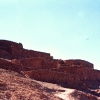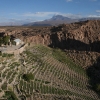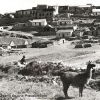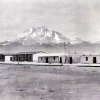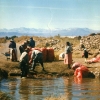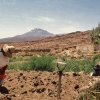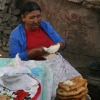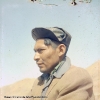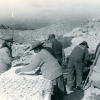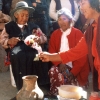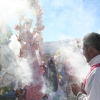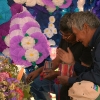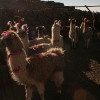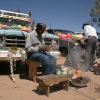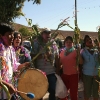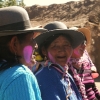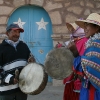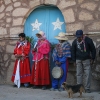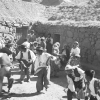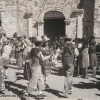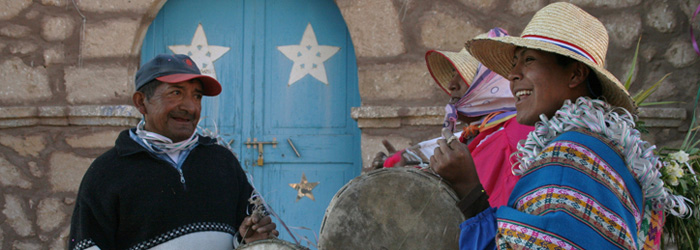Social organization
The community provides the organizational structure of Atacameño society and gives form to the social, economic and religious relations that govern a given territory owned communally by a number of family units. When he possesses arable land, an individual may join a community and share in the work of maintaining community resources, such as irrigation canals. Herders, however, do not achieve this status because their productive activity involves no obligation to other members of the community.
The community as a whole organizes and controls the natural resources required for farming and decides on the inclusion of new members, as well as representing and defending the interests of the community in negotiations with the government and with other communities. This social structure can include multiple villages or adapt to population growth within a single settlement.
The main form of Atacameño government is the Communal Assembly, composed of male and female landowners and heads of household, and presided over annually by a Mayor or Neighborhood Association President and the respective board. Other official positions can be held by regular community members, depending on the level of experience and responsibility implied; these include ‘water judge’, ‘captain’, ‘puricame’, ‘flag bearer’, among others. These positions come with social standing but can also require obligations and significant financial expenditure, requiring the support of the extended family.
Relatives are classed by proximity of both family ties and physical location; blood relatives and close neighbors are referred to using regular family terms (father, brother- in-law, etc), while more distant relations are known generally as ‘clan members’ or ‘relatives’. For inter-family alliances marriage is important, but so is the system of godparents or compadres.
This traditional social framework is currently being threatened by the presence of the State, the market economy, migration to urban centers and the imposition of external cultural patterns. These factors tend to weaken the cultural autonomy of the Atacameño people, but at the same time they allow traditional ways to be reorganized and restructured.










